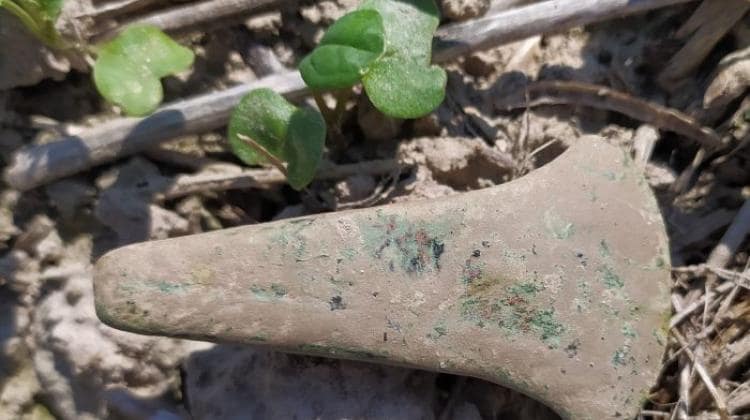
The oldest copper axe discovered in Poland
A copper axe identified with the Trypillia culture from the 4th to 3rd millennium BC has been discovered in Horodło municipality in Hrubieszów region. An axe discovered in the Hrubieszów region and identified with the Trypillia culture is most likely the oldest find of copper products in Poland, informed the Lublin Provincial Conservator of Monuments.
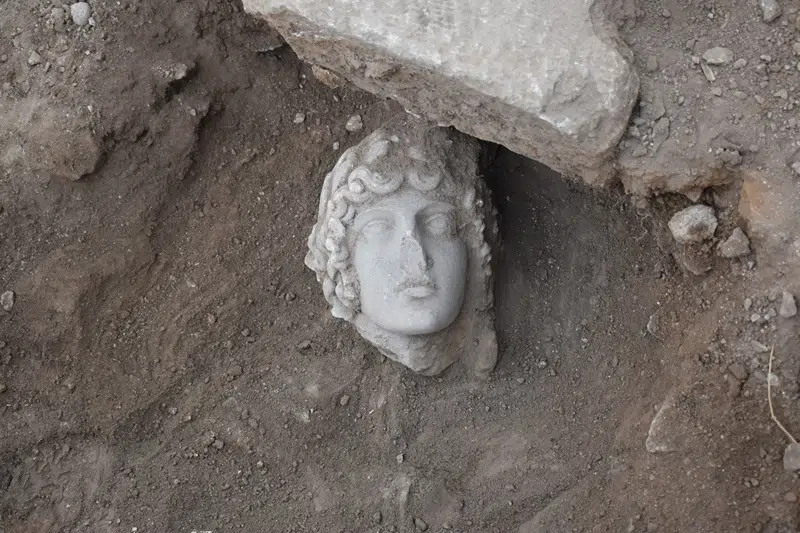
Archaeology students in Greece uncover the head of a statue of the god Apollo
A group of archaeology students working at the archaeological site of Philippi in northern Greece have unearthed the marble head of a statue believed to be of the god Apollo. The Greek Ministry of Culture announced the discovery in a statement on Thursday. Archaeologists say the statue head can be dated to the 2nd or

British archaeologists find Iranian glass beads in ‘Britain’s Pompeii’
British archaeologists have discovered Iranian glass beads in a Bronze Age settlement dubbed ‘Britain’s Pompeii’. The so-called Pompeii of Britain is a Bronze Age settlement known as Must Farm in Cambridgeshire, England. Dating from 1200-800 BC, the settlement was abruptly abandoned after a fire and thus very well preserved. Excavations in 2016 unearthed circular wooden
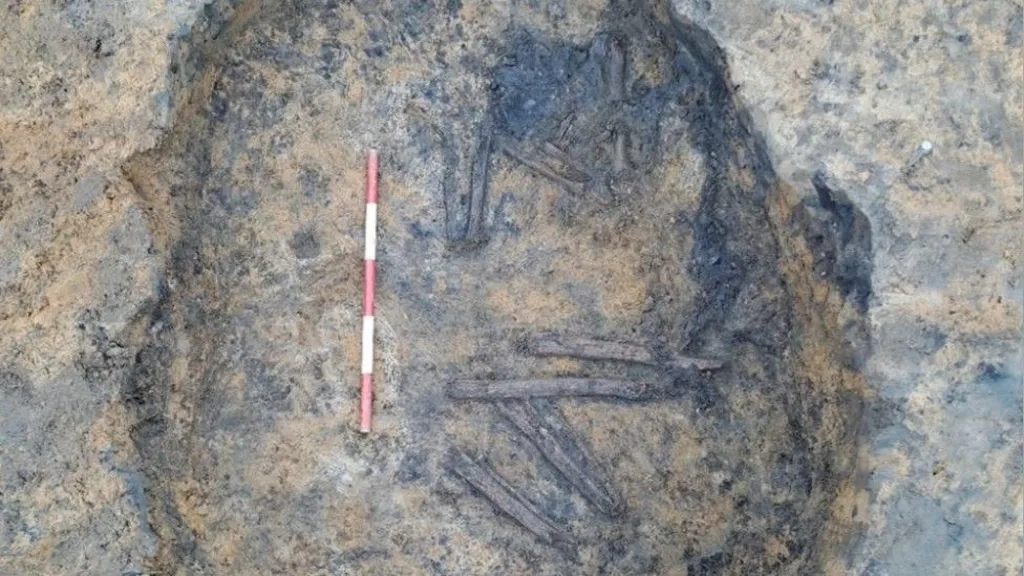
A 4,500-year-old funerary monument discovered in East Yorkshire
A 4500-year-old burial monument, along with a burnt mound and parts of a Roman road, have been discovered in East Yorkshire during fieldwork ahead of the construction of a sewer. The discovery was made by archaeologists from Ecus Archaeology for Yorkshire Water. Although the analysis part of the research has not yet begun, it seems

The unique “twin baby stele” that survived from the Ancient Greek
The National Archaeological Museum of Athens announced that the unique “twin baby stele” from Ancient Greece has gone on display. The stele of the unique twin babies will be on display for only a few weeks as part of the exhibition project “Unseen Museum“. The fragment, known as the “stele of twin babies”, depicting two
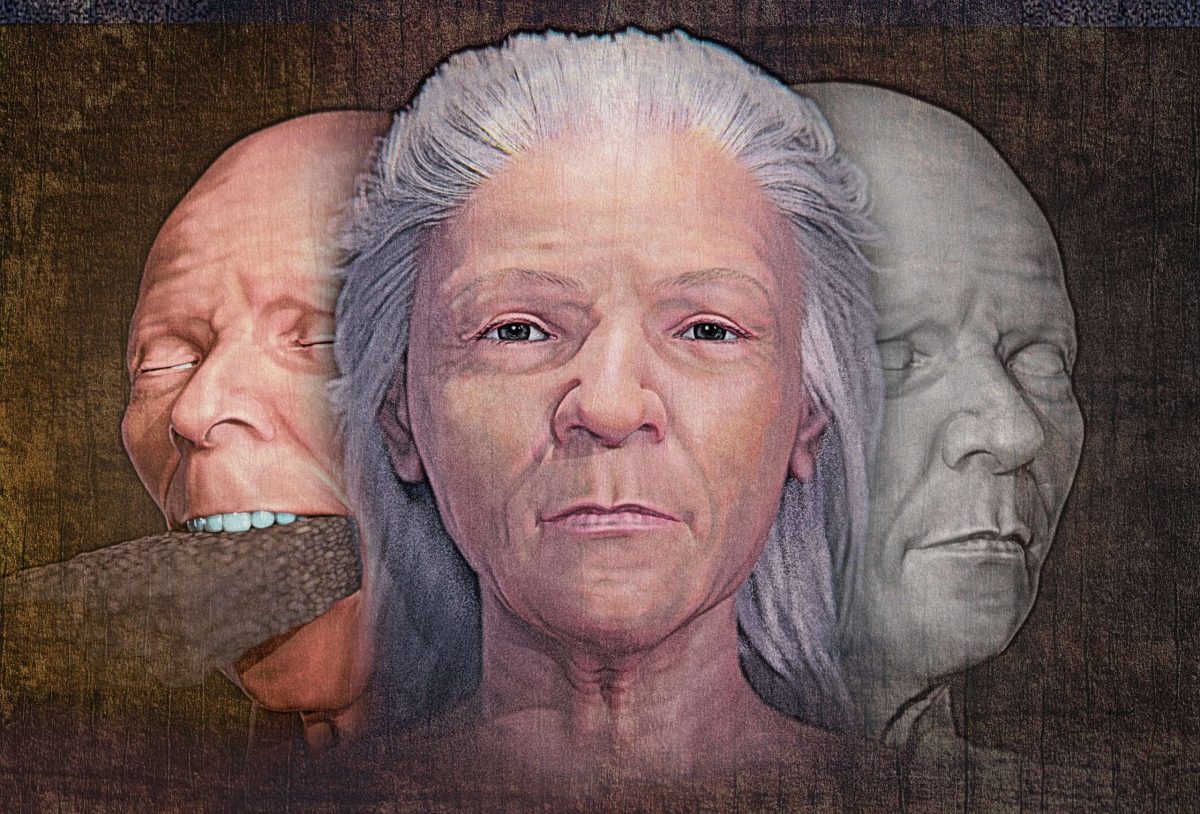
A 16th century Italian ‘vampire’ found buried with a brick in its mouth has had its face reconstructed
The face of a “vampire” whose grave was dug up in Venice in the 16th century and found with a brick in his mouth has been reconstructed. Archaeologists made an interesting discovery while excavating mass graves on the island of Lazzaretto Nuovo in Venice in 2006. In one of the graves, a female skeleton was
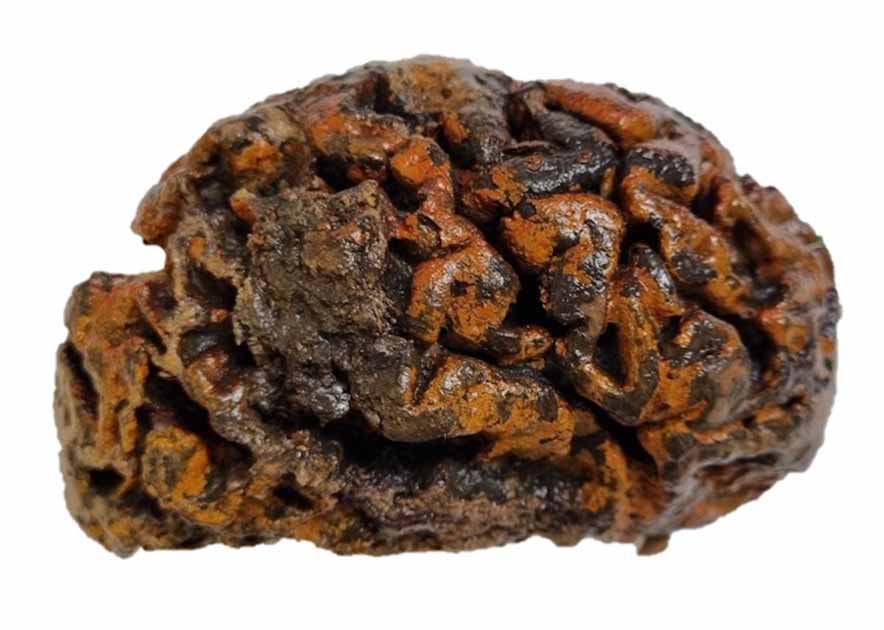
Human brains preserve in diverse environments for at least 12 000 years
A study by forensic anthropologist Alexandra Morton-Hayward and her team from the University of Oxford has shown that the human brain can survive the test of time far better than previously believed. This finding shows that human brains are surprisingly resistant to disintegration, which is a sharp contrast to previous theories. Researchers, canvassed archaeologists around
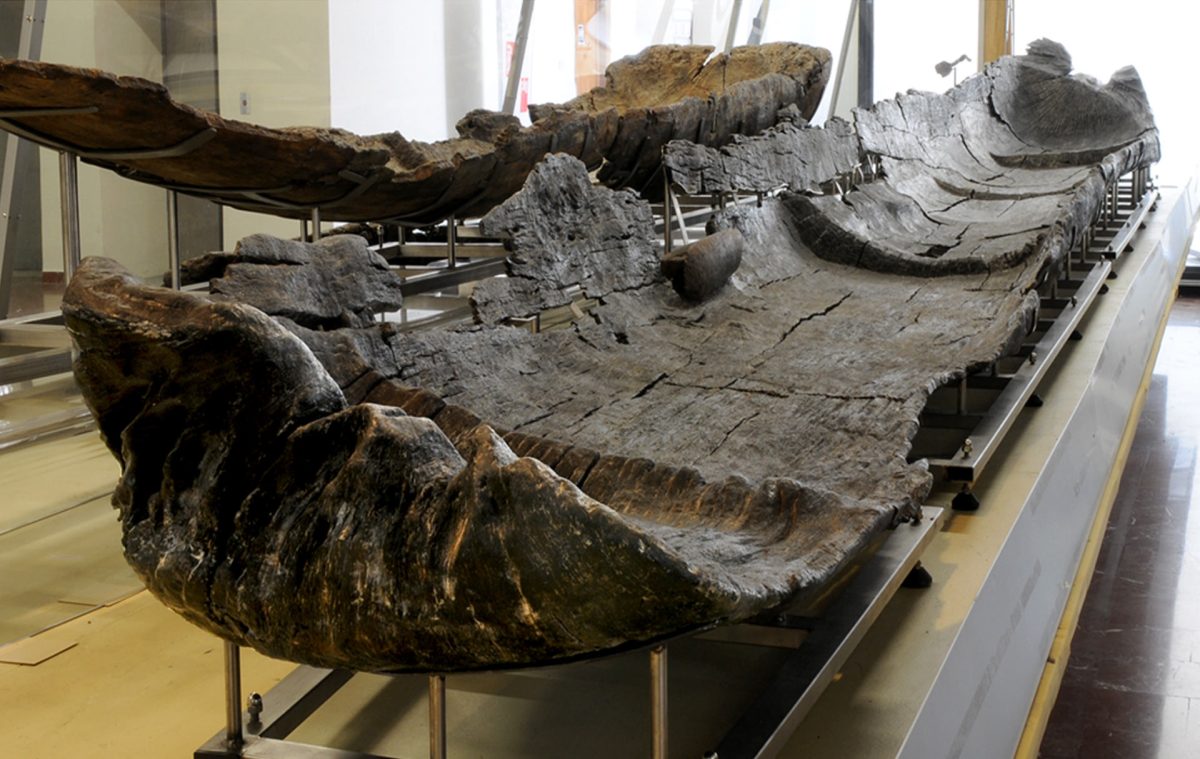
7,000-year-old canoes discovered in Italy show early development of maritime technology in the Mediterranean
A series of canoes estimated to be 7,000 years old have been discovered in the Neolithic (Late Stone Age) lakeshore village of La Marmotta, about 30 km northwest of the Italian capital Rome. These canoes offer new insights into the early development of maritime technology in the Mediterranean. The canoes date between 5700 BC and

Found evidence that Ötzi the Iceman’s tattoos were done using a single-ended tool
A new discovery has been made about how the 5,300-year-old mummy known as Ötzi the Iceman, found frozen in the Alps, was tattooed. Scientists have found evidence that Ötzi’s 61 tattoos were made using a single-ended tool. The results of the study, conducted by an international team of archaeologists, historians and tattoo artists, were published
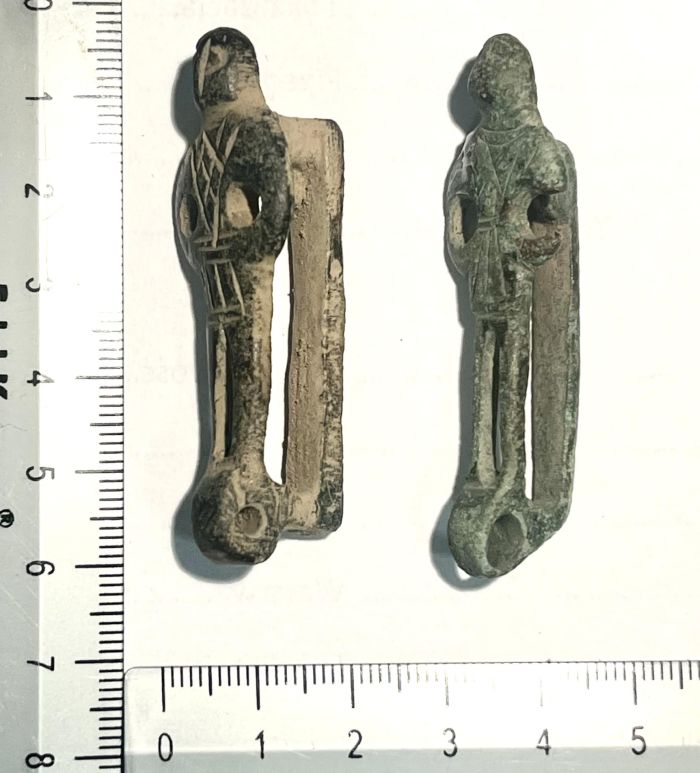
Archaeologists have discovered a rare medieval belt loop in Europe
Near the town of Kamień Pomorski in the West Pomeranian Voivodeship in northwestern Poland, a medieval belt loop used for hanging keys or pouches was discovered. So far, only 15 such belt loops have been discovered in Europe. The discovery was announced on social media by the Kamieńska Land Historical Museum, where the monument was
